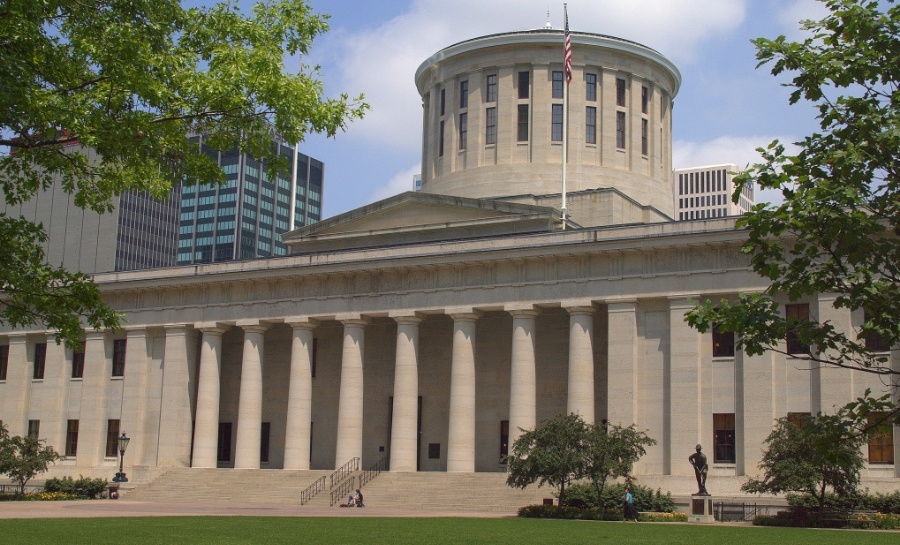
In 2014, the Ohio legislature passed SB 310, which instituted a two-year freeze on the state’s advanced energy programs. In addition to hitting the pause button on energy efficiency and renewable energy investment in the state, the legislation also formed an Energy Mandates Study Committee that is tasked with examining the state’s energy policy and making recommendations on the fate of these requirements. But the real question for Ohio is not about mandates established in the past, or the lack of them now. Rather, the question is about Ohio’s energy future.
A new report, prepared for our state partner Ohio Advanced Energy Economy by the Analysis Group, looks at different scenarios the state could consider to meet its energy needs and provides a way to evaluate those strategies. Ohio has a choice between several options that utilize advanced energy technologies, all of which have positive characteristics, and one – propping up old, inefficient power plants with contracts that put ratepayers on the hook for above-market prices – that has the fewest pluses and the most minuses.
Aging infrastructure, changing economics in the energy sector, and a host of pending public health regulations are forcing the state’s decision makers to consider the future of energy policy in the state. Over the next decade, Ohio will likely need to add significant new supply and/or demand resources to replace its aging infrastructure and fulfill environmental obligations.
The new report, “Ohio’s Energy Future” (two-page summary here, full report here), outlines a variety of resource and policy options available to decision makers in Ohio, including energy efficiency and demand response, new natural gas utilization, coal-fired generation, renewable resources, and importing electricity from out of state. The analysis identifies four broad technology and policy approaches that could be taken, then applies seven criteria for evaluating these approaches, identifying advantages, disadvantages, and neutral impacts of each:
- Rely on regional wholesale markets to determine the resources developed to meet Ohio’s customer needs, with the most likely outcome being the retirement of older coal generating units within the state, and their replacement by natural gas-fired and wind resources inside or outside the state;
- State supports for the continued operation of Ohio’s existing coal or nuclear power plants through long-term contracts paid for by Ohio’s electricity consumers, keeping in service resources that otherwise would be retired and replaced with lower-cost resources;
- State supports for investment in energy efficiency, demand response, and behind-the-meter renewable generation, all of which reduce the quantity of capacity procured by Ohio in the wholesale marketplace; and
- State supports for the purchase of in-state or out-of-state renewable and combined heat and power (CHP) resources.
Overall, extending the life of existing coal and nuclear plants under long-term power contracts has the most disadvantages, with the fewest advantages. Both the wholesale market approach, which is likely to result in the development of natural gas and wind generating capacity in or out of state, and state-supported renewable and CHP resource development have advantages in three or four areas, and neutral in the rest. Only the energy efficiency and demand resources approach is judged to have advantages across all seven criteria.
“As Ohio evaluates its energy policies and prepares to respond to new U.S. EPA carbon rules, we hope this report will help policymakers make sound choices that will provide affordable, clean power for all Ohioans and keep Ohio competitive in the global economy,” said Ted Ford, President and CEO of Ohio Advanced Energy Economy, in releasing the report on Monday.
As the debate moves forward in the Ohio State House, a variety of proposals will likely be introduced to meet Ohio’s energy needs. The question that policy makers and the public should ask is which of those proposals offer the most advantages to the state. If they ask that question, a strategy built on advanced energy resources will be the answer.
Get all the latest advanced energy news from Ohio and beyond by signing up for AEE's weekly newsletter:
